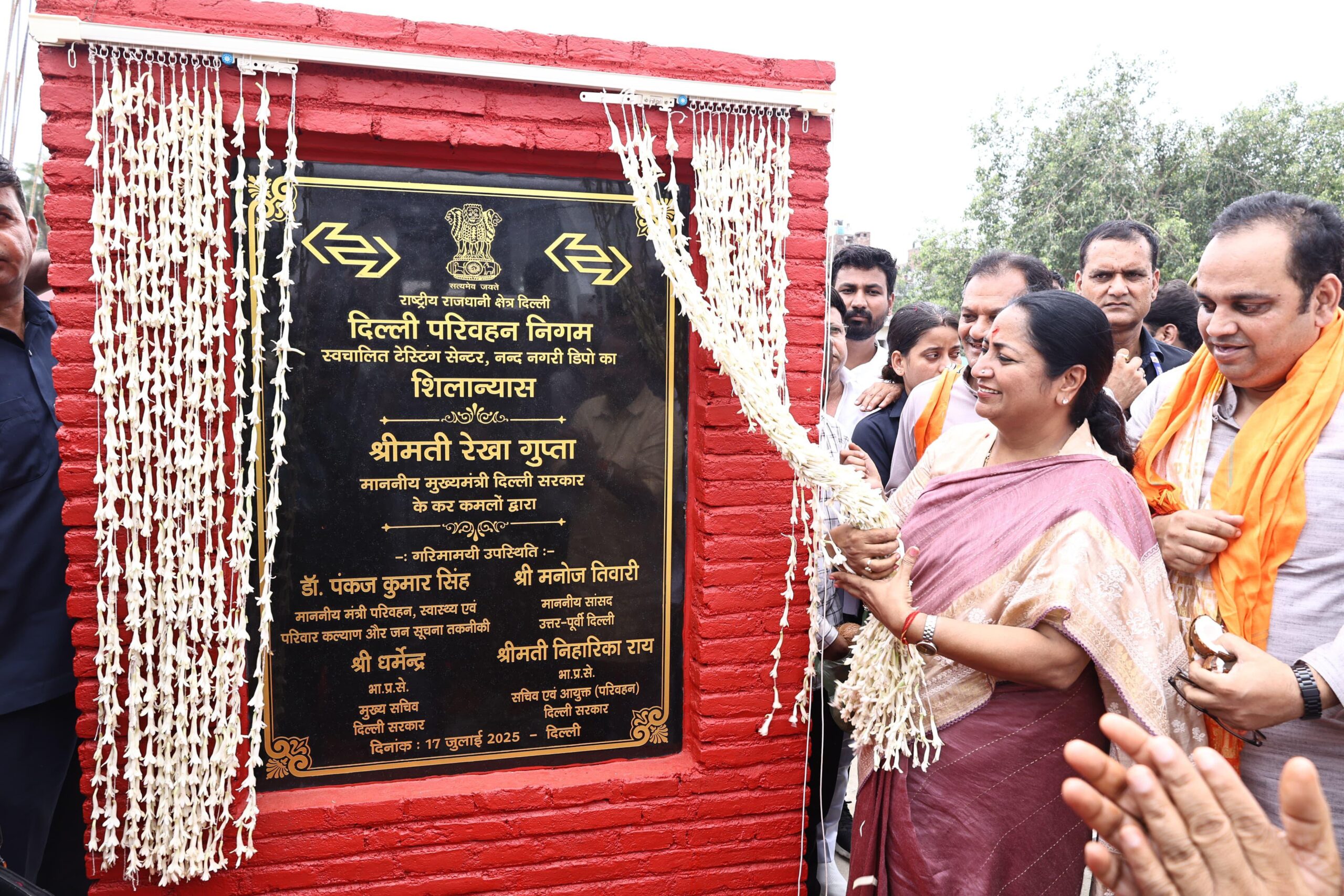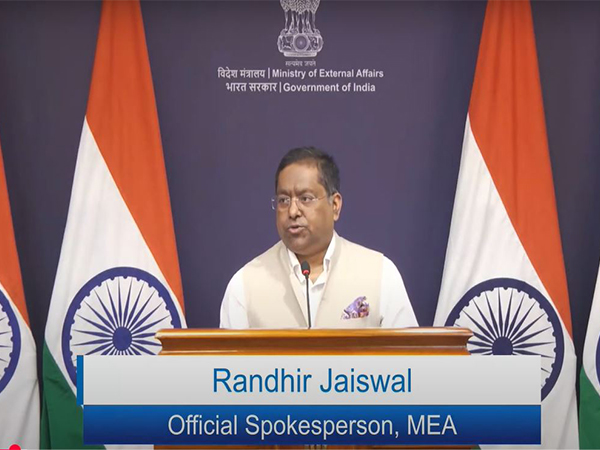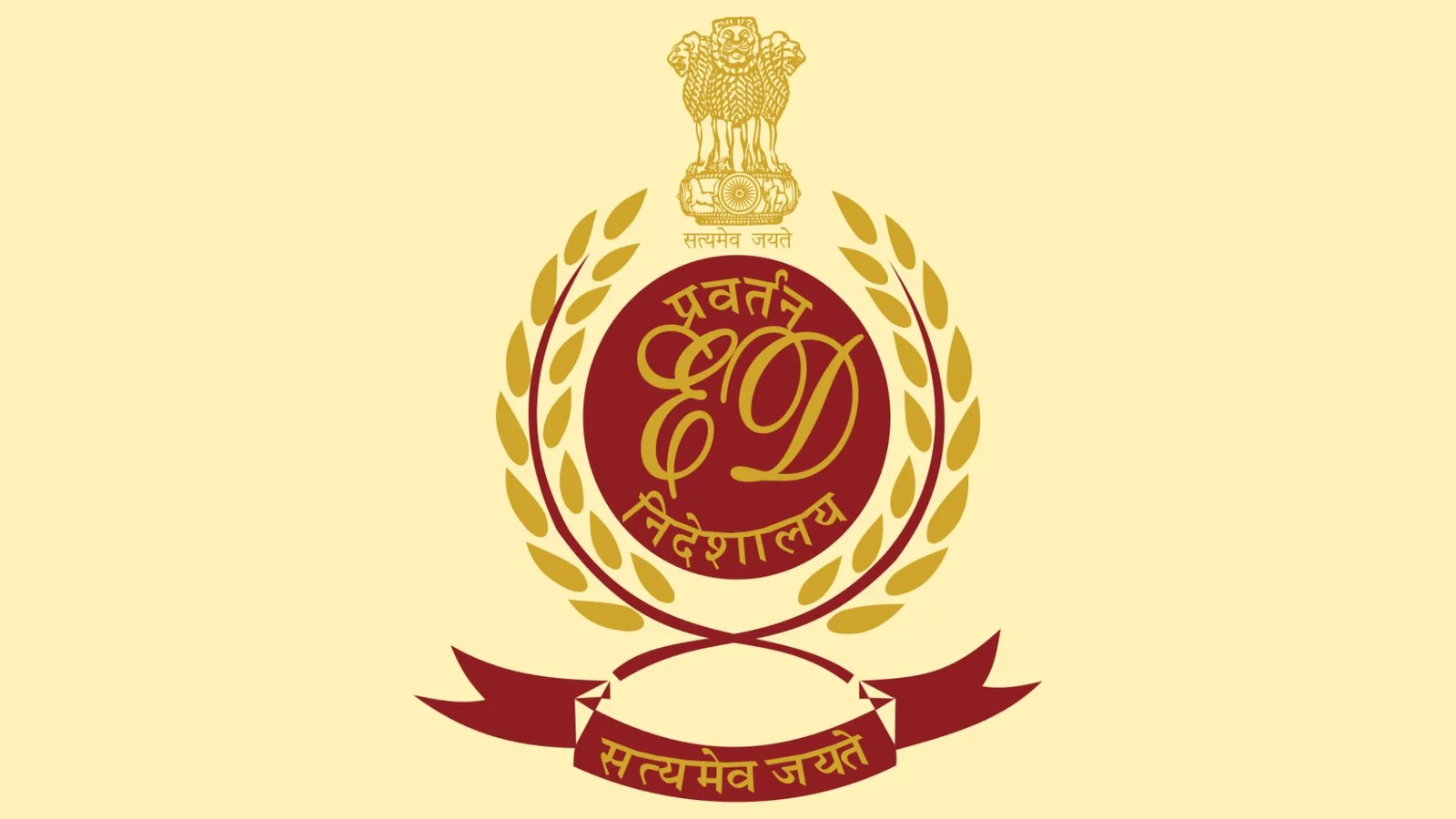Delhi, a city of historical grandeur and vibrant life, has long grappled with pressing environmental challenges, most notably severe air pollution and the critically polluted Yamuna River. However, under the leadership of Chief Minister Rekha Gupta, the capital is witnessing a Delhi’s environmental revival campaign, marked by ambitious plans and decisive actions aimed at restoring the city’s ecological health and enhancing the quality of life for its residents. Her administration’s comprehensive approach encompasses cleaning the Yamuna, combating pollution, improving urban infrastructure, and bolstering social welfare initiatives, painting a picture of a more sustainable and prosperous future for Delhi.
Spearheading Yamuna’s Resurgence: A Core Pillar of Delhi’s Environmental Revival
The rejuvenation of the Yamuna River stands as a cornerstone of CM Rekha Gupta’s agenda. Accusing previous governments of neglecting this vital lifeline, her administration has embarked on a multi-pronged strategy to restore the river to its pristine state.
- Comprehensive Action Plan: The Delhi Jal Board, under CM Gupta’s guidance, has rolled out an ambitious 45-point action plan dedicated to enhancing the city’s water infrastructure and rejuvenating the Yamuna. This plan, backed by a substantial budget of Rs 9,000 crore, targets completion by next year and aims to provide clean water and a pollution-free Yamuna.
- Targeted De-silting and Monitoring: Intensified efforts are underway for Yamuna cleaning, including the de-silting of 22 major drains that directly discharge into the river using advanced machinery. Regular inspections, conducted every 15 days, ensure timely progress and quality control. Furthermore, 67 locations have been identified for pollution monitoring in the Yamuna, with a drone survey planned for major drains.
- Strategic Collaboration: Both the Central and Delhi Governments are collaborating on a war footing to clean the Yamuna, demonstrating a unified commitment to this critical cause.
- Innovative Solutions: Plans include the installation of 32 real-time water monitoring stations, with 10 on the Yamuna and 22 on major drains. The government is also exploring innovative solutions like transforming the Najafgarh Drain into a 30 MW canal-top solar power corridor.
- Vision for Recreational Use: CM Gupta has articulated a vision for the Yamuna to be clean enough to support ferry and cruise services within three years, signifying not just ecological restoration but also recreational and economic potential.
Tackling Air Pollution and Waste Management: Advancing Delhi’s Environmental Revival
Beyond the Yamuna, the administration is aggressively addressing Delhi’s pervasive air pollution and inefficient waste management, crucial components of Delhi’s environmental revival.
- Converting Landfills into Green Spaces: A significant initiative involves transforming Delhi’s enormous landfill sites into lush green belts. The pledge is to reduce three major landfill sites by 80-90% within the next two years, replacing them with parks and greenery, thereby mitigating a long-standing environmental and health hazard.
- Bio-CNG Push for Waste Reduction: To curb pollution from cow dung waste, the government is committed to establishing bio-CNG plants in dairy colonies. Two such plants are slated for commissioning by the end of this year, with all necessary plants to be completed within two years, preventing thousands of metric tonnes of cow dung from entering city roads and drains.
- Proactive Waterlogging Prevention: Recognizing the perennial issue of waterlogging during monsoons, the government is taking proactive measures to prevent severe waterlogging before the rainy season arrives, ensuring smoother urban functioning.
- Ensuring Water Security: CM Gupta has also promised a steady and uninterrupted supply of water, addressing the severe water shortages that often plague Delhi residents during summer months.
Urban Development and Social Welfare: Broadening Delhi’s Environmental Revival
The Chief Minister’s vision for Delhi’s environmental revival extends to holistic urban development and robust social welfare programs, promising a better quality of life for all citizens.
- Budgetary Commitments: The 2025-26 state budget, a “historic” allocation of Rs 1 lakh crore, emphasizes Delhi’s transition to a “Viksit Delhi” (Developed Delhi). Key allocations include:
- Rs 5,100 crore for the Mahila Samridhi Yojana, providing Rs 2,500 per month to eligible women.
- Rs 750 crore to provide free laptops to 1,200 Class X students.
- Rs 100 crore for the establishment of new “CM Shri schools.”
- Rs 3,843 crore for road and bridge development.
- Rs 696 crore for upgrading slums and JJ colonies.
- Rs 6,874 crore for the health sector, including new health and wellness centers and extending the ‘Ayushman Arogya Mandir’ scheme.
- Enhanced Women’s Safety: Over 50,000 CCTV cameras are being installed across the city to enhance women’s safety in public spaces.
- Public Accountability: CM Gupta has emphasized her commitment to living among the people, announcing that the bungalow previously occupied by the former CM will now be used for public purposes, fostering greater transparency and accessibility.
Conclusion: A Vision for a Prosperous and Clean Capital
Chief Minister Rekha Gupta’s administration is demonstrating a strong resolve to transform Delhi into an environmentally conscious and highly livable city. By tackling long-standing issues like Yamuna pollution and air quality with comprehensive strategies and significant budgetary allocations, coupled with an unwavering focus on urban development and social welfare, the government is laying a robust foundation for Delhi’s environmental revival. The emphasis on a “double-engine” government, working in synergy with the Centre, further reinforces the commitment to achieving these ambitious goals, promising a brighter, cleaner, and healthier future for every Delhiite.
Discover more from RastriyaSamachar24x7
Subscribe to get the latest posts sent to your email.




